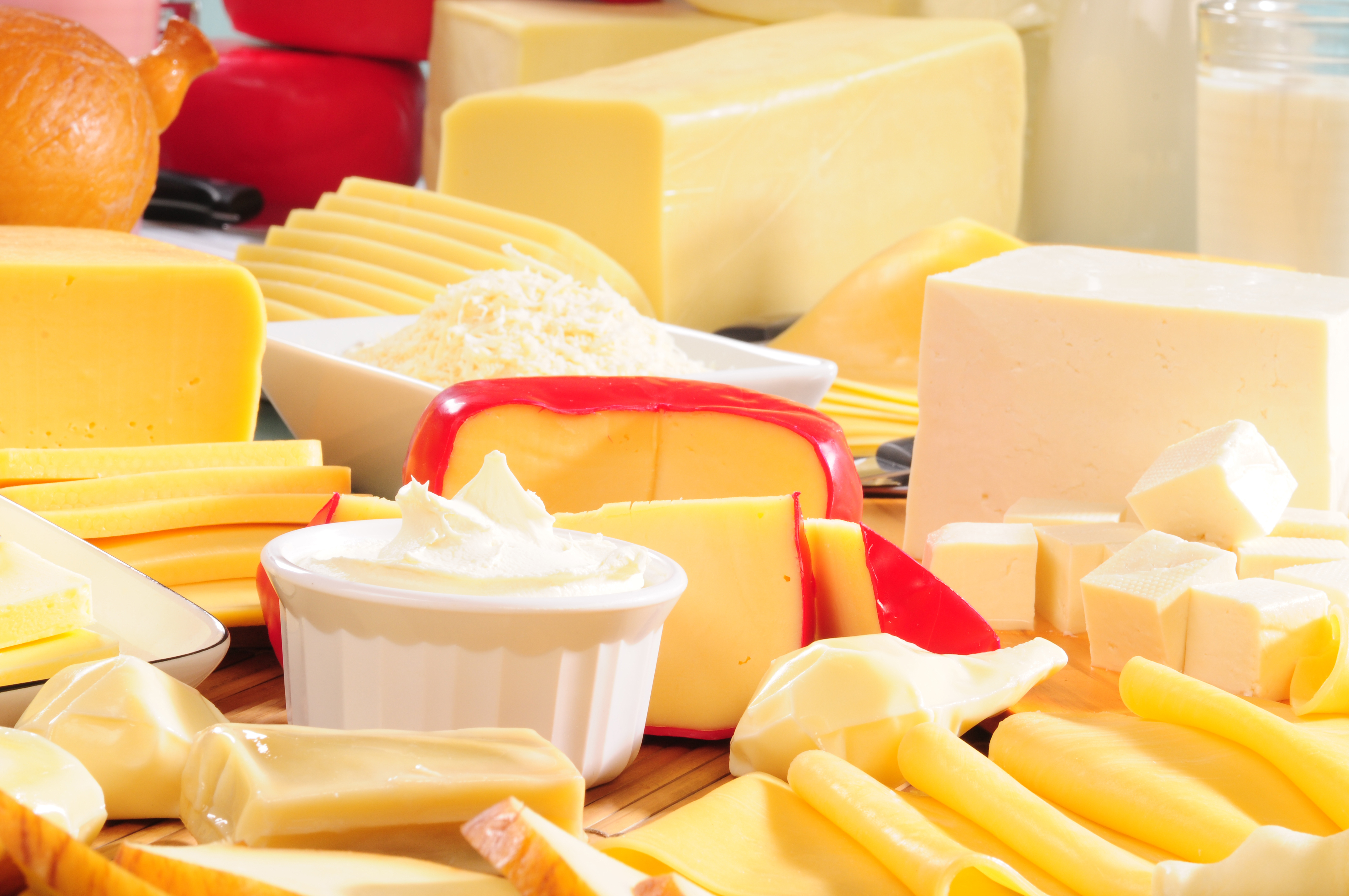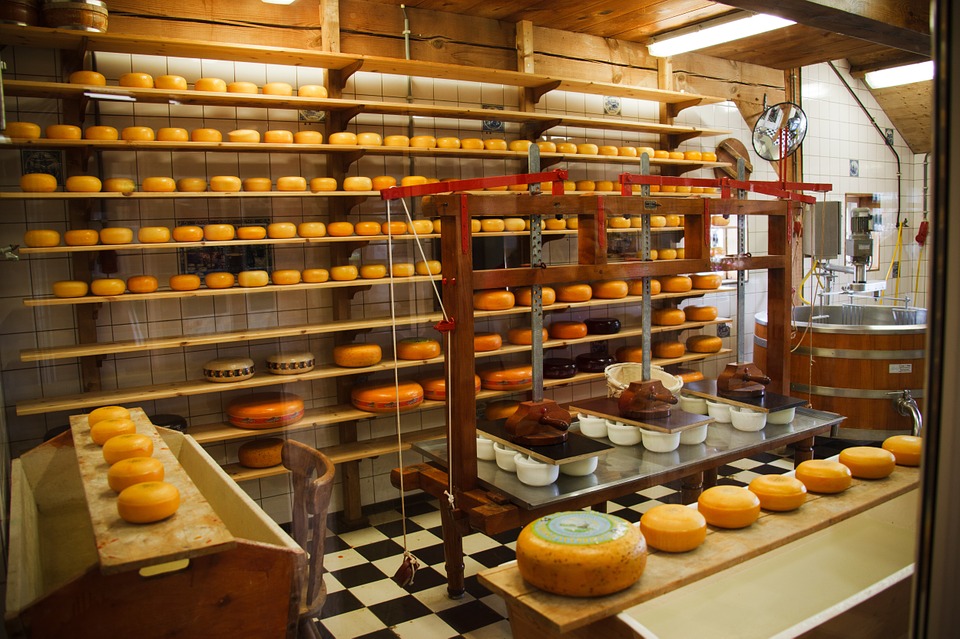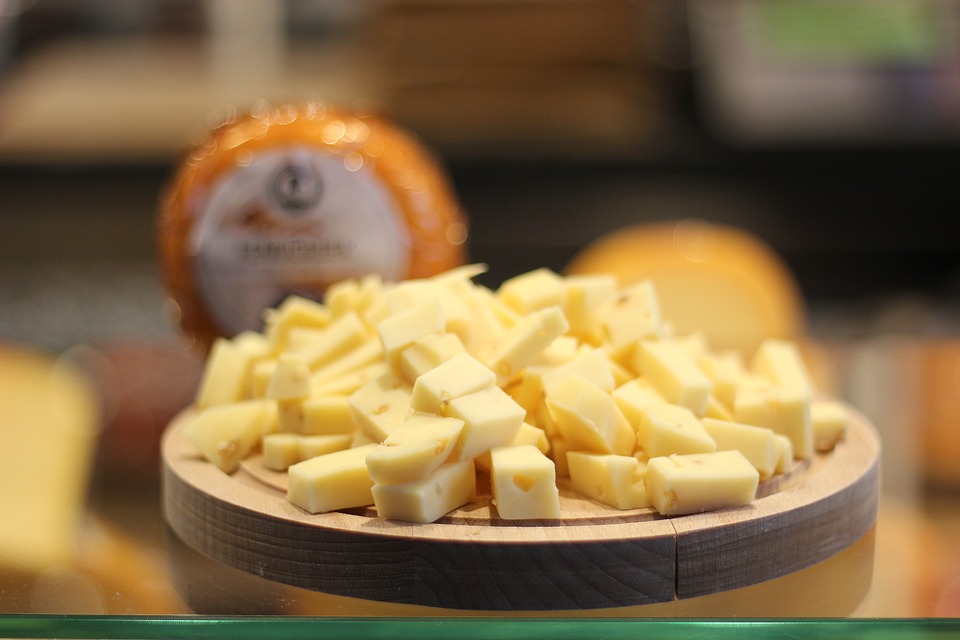What really is Cheese?
Throughout many nations around Europe and the Americas, cheese is a prominent dish in these nations. Whether in a fancy and elgenat setting or in a ham and cheese sandwich, there are hundreds of cheese throughout the world that are commonly eaten by these Europeans and Americans.
Although there's a wide variety of cheese produced around the world, there are a quite of few cheeses that many people would tend to know about, which includes cheedar, gooda, feta, brie and parmesan cheese. With these five types of cheese, there will be many information that not a lo9t of people know about, especially with their origins and their background.

Various Types of Cheese
Cheese Making Process
The cheese making process starts with collecting milk from dairy farms. Once it’s collected, cheesemakers check the milk to make sure it passes quality and purity tests. Once it passes, the milk is filtered and then standardized (they may add in more fat, cream or protein). In order to make a consistent cheese, cheesemakers need to start with the same base milk, so the standardizing step is crucial.
After the milk is standardized, it’s pasteurized. Raw milk can have dangerous bacteria, and pasteurization kills that bacteria.
Good bacteria or “starter cultures” are then added to the milk. The starter cultures ferment the lactose, or milk’s natural sugar, into lactic acid. This process aids in determining the cheese’s flavor and texture. Different types of cultures are used for different types of cheese. For example, Swiss cheese uses one type of culture, while Brie and Blue use others.

Cheese Factory
A few other ingredients are then added. These include rennet and, depending on the type of cheese, color. Rennet causes the milk to gel, similar to yogurt, before the curds (the solids) separate from the whey (the liquid). The amount of rennet and time needed for it to separate into curds can vary from cheese to cheese.
Once it starts to gel, the cheese is cut, which allows the whey to come out. Drier cheeses are often cut more to form smaller curds, so more of the moisture comes out, while curds cut less are larger and are more moist. Once the curds are cut, they’re stirred and heated to release even more whey. At this point, the curd is finally separated from the whey.
Depending on the type of cheese, the forming of their shape can happen one of two ways:
- The curd is then salted, and then it’s pressed in a form. This is the case for Cheddar and Colby cheeses.
- The curd is pressed into a hoop, which is brined. This occurs with mozzarella and Swiss cheeses.
While the cheese is pressed, more whey comes out, so it eventually becomes the shape and consistency of cheeses we know. Once the cheese is shaped, it may be aged for a while before it's ready to eat. The flavor of different types of cheese result from different aging times. A mild cheese could be aged from 2 - 6 months, whereas a sharp cheese could be aged from 1 - 3 years.
